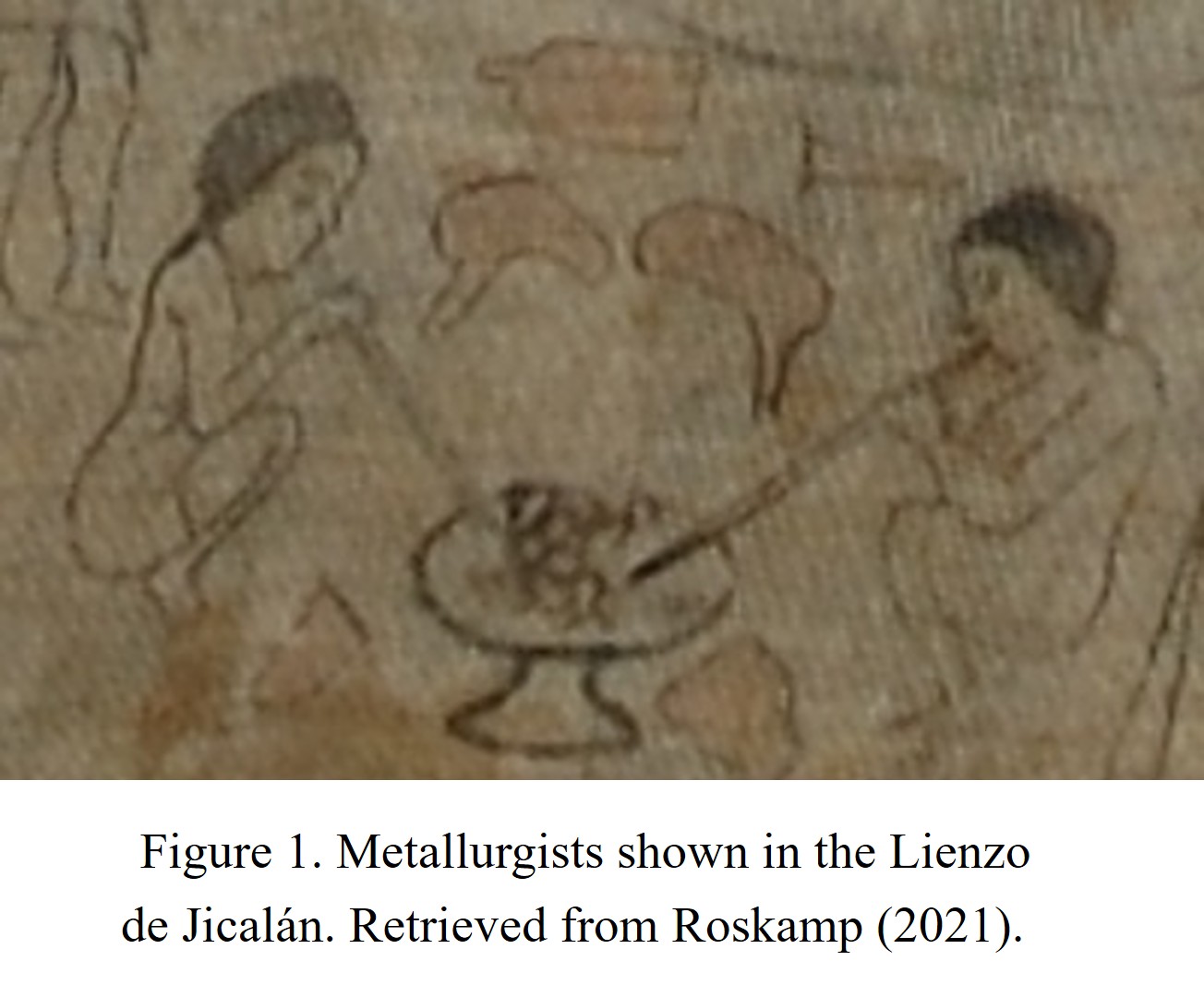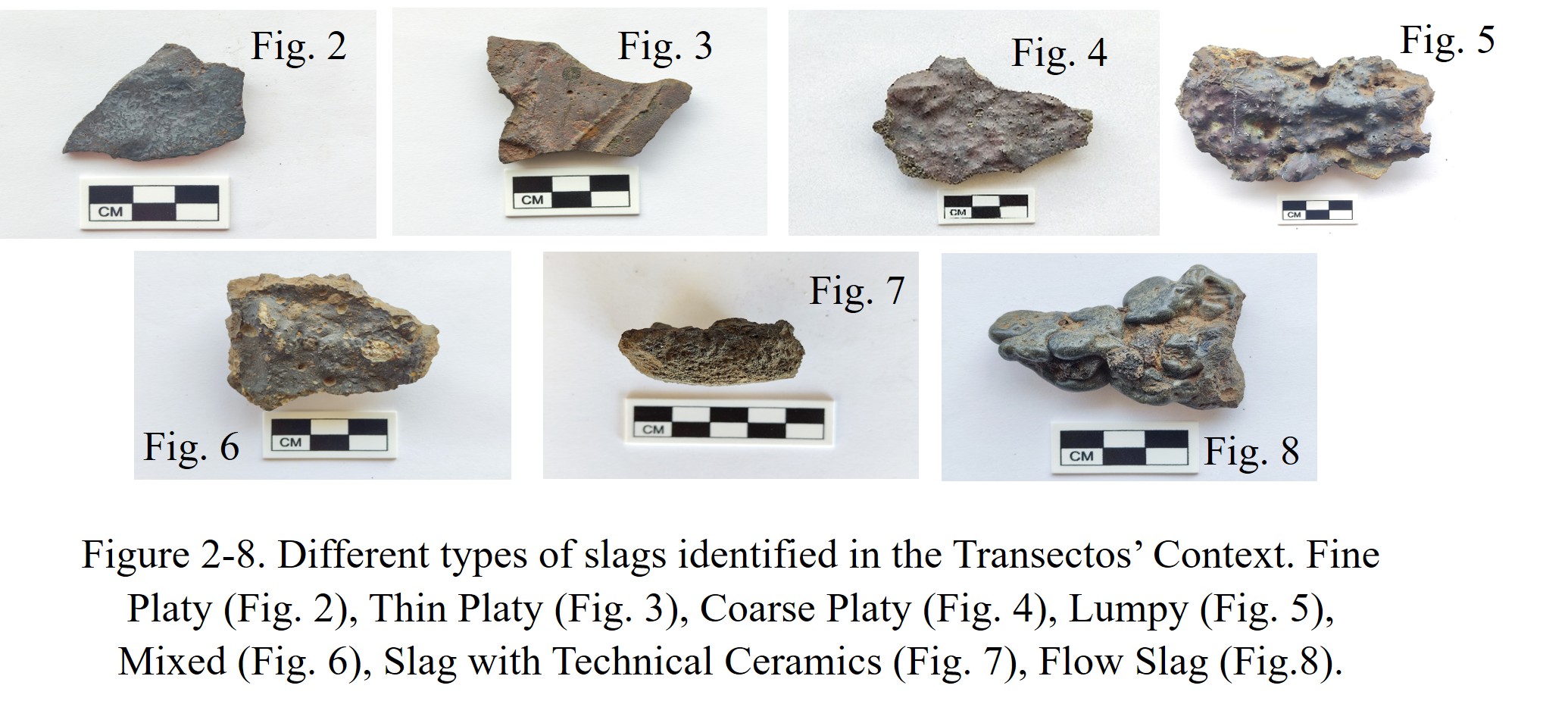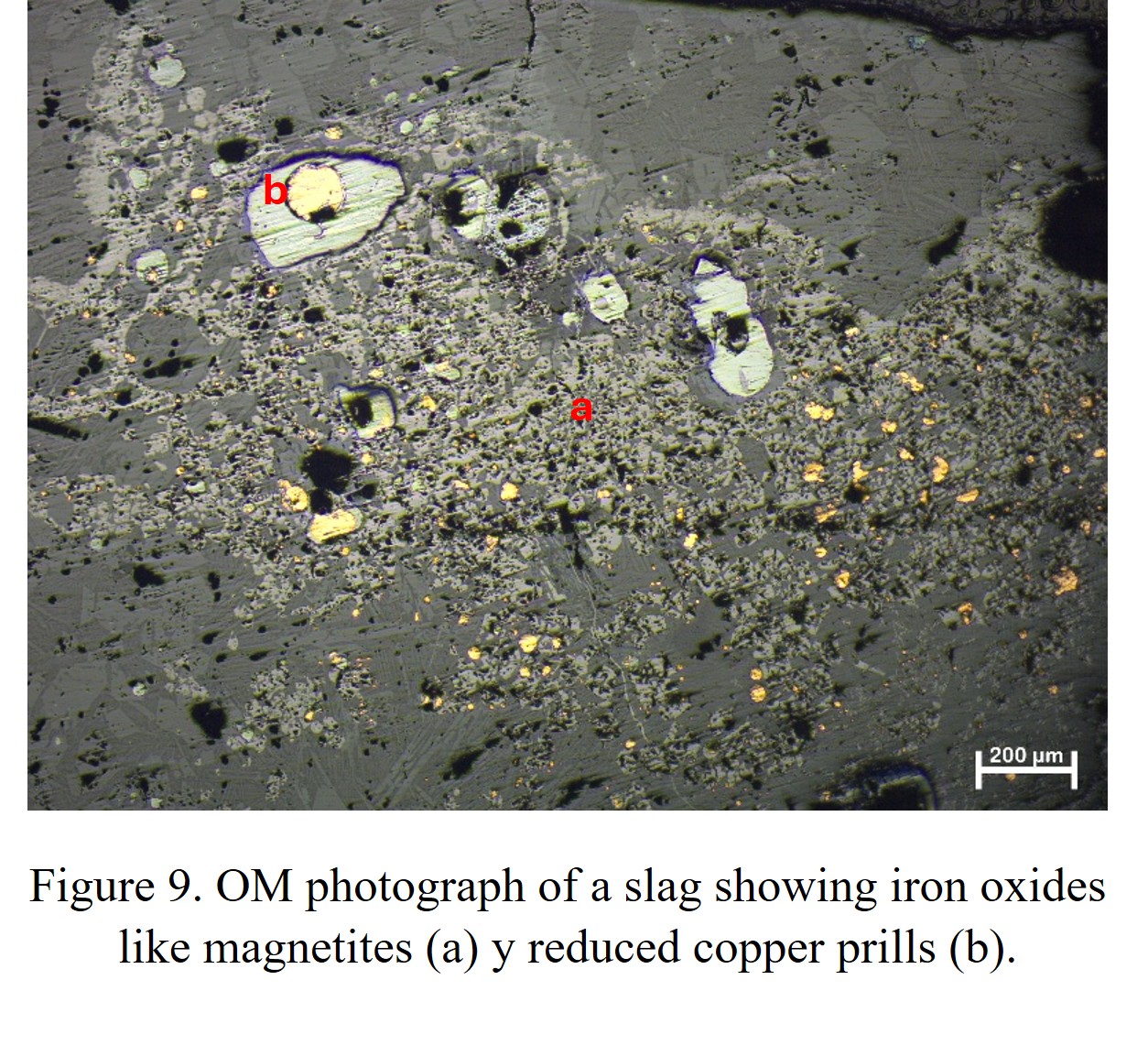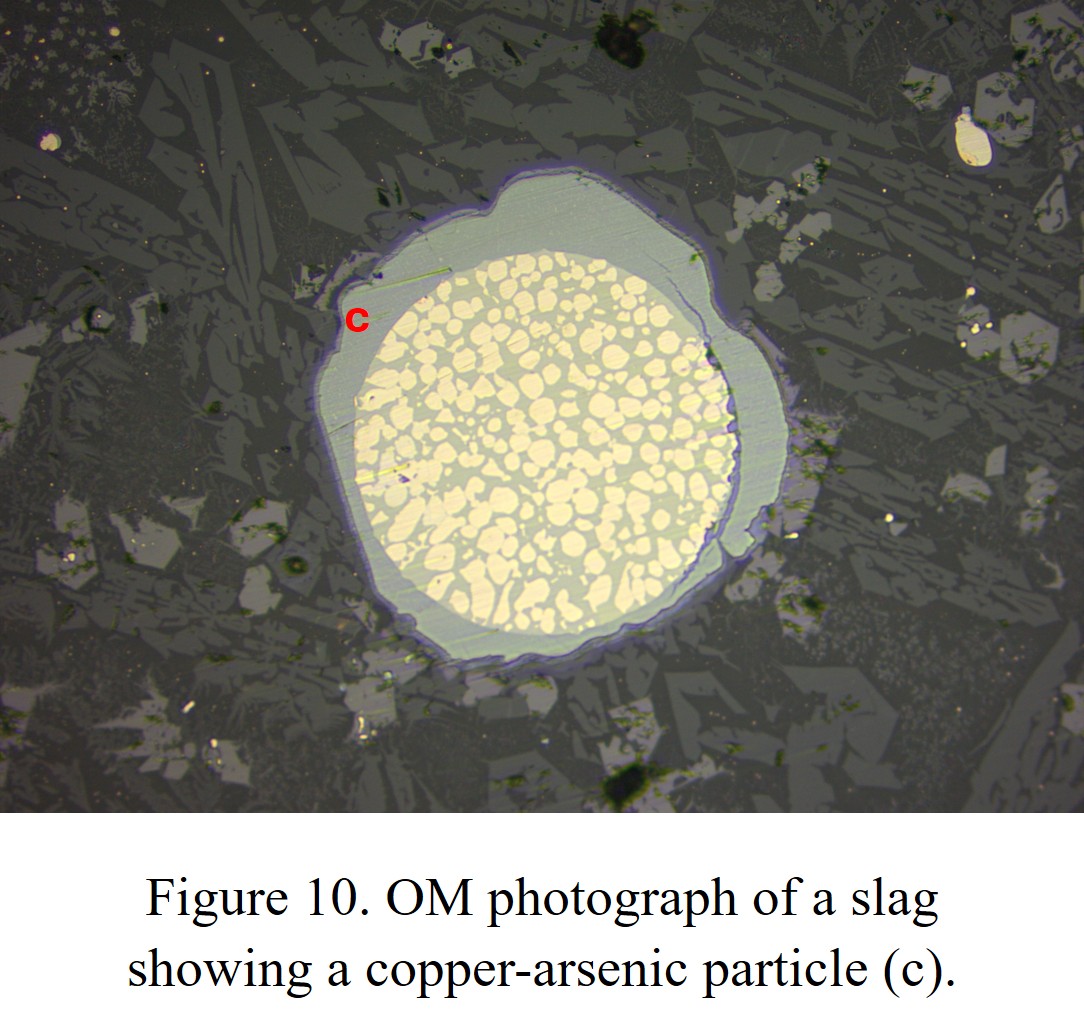The SAS sponsored two student prizes at the the 𝗟𝗮𝘁𝗶𝗻 𝗔𝗺𝗲𝗿𝗶𝗰𝗮𝗻 𝗖𝗼𝗻𝗴𝗿𝗲𝘀𝘀 𝗼𝗳 𝗔𝗿𝗰𝗵𝗮𝗲𝗼𝗺𝗲𝘁𝗿𝘆, 𝗔𝗿𝘁, 𝗮𝗻𝗱 𝗖𝗼𝗻𝘀𝗲𝗿𝘃𝗮𝘁𝗶𝗼𝗻 𝗼𝗳 𝗖𝘂𝗹𝘁𝘂𝗿𝗮𝗹 𝗛𝗲𝗿𝗶𝘁𝗮𝗴𝗲 (CLASMAC) that took place in September 2024 in Mexico City. The Student Poster Prize has been awarded to Andrés Francisco Sánchez Guerrero, MA student at El Colegio de Michoacán, Centro de Estudios Arqueológicos, for the poster with title "Análisis tecnológico sobre metalurgia través de las escorias en un contexto arqueologico en Jicalán Viejo". The extended abstract for this project is provided below. Stay tuned for the extended abstract from the student oral presentation prize winner!
“Technical Analysis about Metallurgy through Slags found in an Archaeological Context in Jicalán Viejo, Michoacán”
By: Andrés Francisco Sánchez Guerrero, David Larreina, Blanca Maldonado, Hans Roskamp, Fernando May, Mario Retiz, Luis Velázquez.
The present research was part of the first stage of the research project called “Preindustrial Mining and Metallurgy in Mexico: Research on Copper Smelting in Michoacán”. This research had for objective the scientific analysis of 18 samples of slags collected from the prehispanic and colonial site of Jicalán Viejo, Michoacán, Mexico. As background, the importance of this place can be highlighted. Jicalan Viejo, is located in a hill and presumably the site was a borderland between the Lowlands and the Tarascan Highlands (Maldonado y Roskamp 2019:6). Furthermore, Jicalán Viejo is the key place of the story described in the Lienzo de Jicalán (Roskamp 2005:6), a pictographic document from the XVI century A.C. (Roskamp 1998:77) which referred the place as Xiuhquilan, inhabited by a nahua speaking society (Roskamp y Retiz 2013:46). This pictographic historic document highlights a lot of information about the xiuhquilteca society, for example: their migration from their place of origin (Roskamp 2010:71), their economic dynamics related to mining, reducing copper and gourds manufacturing (Roskamp 2010:72) also it shows about their integration to the Tarascan State economic dynamics, for which they paid tribute in pottery wares and copper tools in order for maintaining their rights to the exploitation of the mines, which were also recognized by the colonial authorities (Roskamp 2005:4). The Lienzo de Jicalán also is important because it describes the three routes that the xiuhquilteca society developed in order to obtain the minerals for their metallurgical activities (2010:3).

About the 18 slags that were analyzed, they were collected in a surface context labelled “Transectos”. This context is characterized as being a horizontal plane area, which is located the south-east zone of the top of the hill, and to the west, it’s around 45 meters from the main mound of the site. The collecting technic used for recovering the slags in the ground was transects, which had the task of collecting every slag piece in sight.

After the slags were collected the samples were analyzed by archaeometry’s technics such as Optical Microscope (OM), X-ray Fluorescence (XRF) and Scanning Electronic Microscope (SEM), generating data that aided in the characterization of the technology that was used by the metallurgists of Jicalán Viejo. Thus, those analysis also were very helpful for answering questions related to the ores used, about the process of reduction and some clues about the possibles mines from which the minerals were extracted, suggesting by the latter, that the mining routes depicted in the Lienzo of Jicalán could match with the archaeological record, nevertheless, more data is necessary for validating this idea.

Consequently, by the analysis of the data obtained by the archaeometry’s technics, the research found out a primary reducing activity was carried out in Jicalán Viejo, and the technology that was used was a slag-tapping furnace which characterized in reaching temperatures between 1100-1200°C and could maintain an atmosphere with reducing conditions capable of reducing sulphidic copper ores. The analysis also provided information about the behavior of the metallurgists of Jicalán Viejo, which summarized that the metallurgists of the site were conscious with the activity of smelting and had some control of the process. Additionally, the presence of arsenic in some of the metallic phases can suggest that sometimes the ores rich of arsenic, for example, arsenopyrite, could be mixed with the sulphidic copper ores, like chalcopyrite, suggesting the possibility that the metallurgists of Jicalán Viejo had a knowledge of arsenical bronze alloy.

Finally, by taking into account the ores arsenopyrite and chalcopyrite, was possible to distinguish some mines that contain those two ores, and which are located in the area of the eastern route depicted by the Lienzo of Jicalán, but this is a very light assumption which needs more data and research to validate this idea.
Conclusions:
These results have shown us a small sample of everything that can be learned through the slags, the reduction disposals. Thus, we can agree with Craddock (2000:152) that the slags are the main indicator of smelting activities, because, following Charlton et al. (2010:354), slags make evident the individual receipts of each smelting process. Finally, is necessary that the data obtained from this context must be used for comparing the data from the other contexts of the site where has been identified slags because by this methodology will be possible a better understanding of the site and its copper production.\
Acknowledgements
I thank the Consejo Nacional de Humanidades, Ciencias y Tecnologías (CONAHCYT) before CONACYT), to all the members of the project Preindustrial Mining and Metallurgy in Mexico: Research on Copper Smelting in Michoacán and to the Centro Nacional de Investigación sobre la Evolución Humana (CENIEH), who without their support this research would not have been possible.
Contact: Andrés Francisco Sánchez Guerrero
Email:
